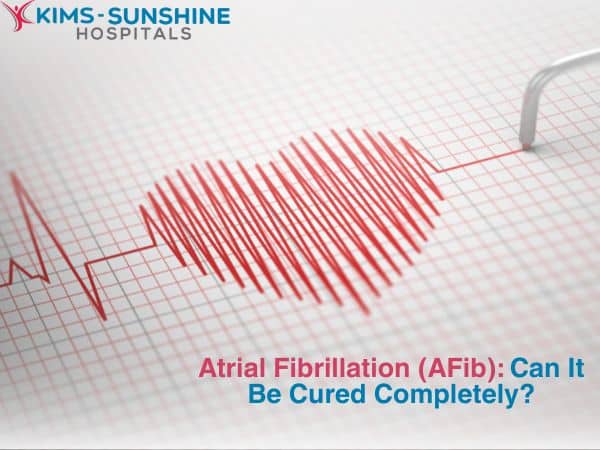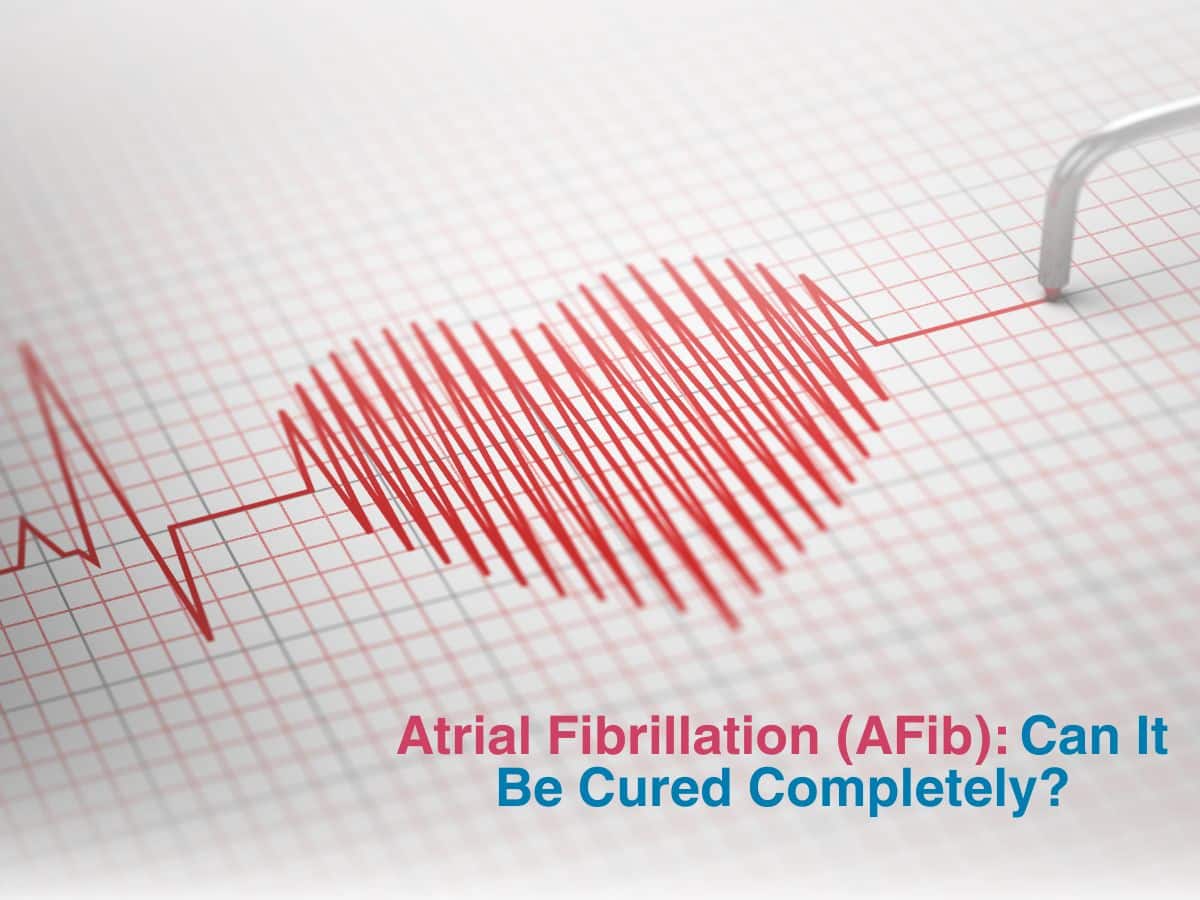
Atrial Fibrillation (AFib): Can It Be Cured Completely?
 The heart has 4 chambers in total- 2 atria on top and 2 ventricles on the bottom. Atrial fibrillation is caused when the irregular heart rhythm begins in the atrium alone, leading to other symptoms and issues. This may be an acute or a chronic issue and for some people, it may come and go but for others, it may remain a life long condition which then needs to be systematically managed. When the heart does not beat normally, it increases the risk of you suffering from a stroke later on. The heart has a very organised electrical system which helps the muscles beat in a particular rhythm. When there is an issue with this system, irregular heart beats can become the new normal.
The heart has 4 chambers in total- 2 atria on top and 2 ventricles on the bottom. Atrial fibrillation is caused when the irregular heart rhythm begins in the atrium alone, leading to other symptoms and issues. This may be an acute or a chronic issue and for some people, it may come and go but for others, it may remain a life long condition which then needs to be systematically managed. When the heart does not beat normally, it increases the risk of you suffering from a stroke later on. The heart has a very organised electrical system which helps the muscles beat in a particular rhythm. When there is an issue with this system, irregular heart beats can become the new normal.
How To Treat Atrial Fibrillation Naturally-
The symptoms of AFib include irregular heartbeat, breathlessness, exhaustion, chest pain and feeling like you may faint. Doctors normally check which stage you are in, to decide the course of treatment. Long term AFib is normally treated with specific medications, making sustainable lifestyle changes, getting surgery or other related procedures done as needed. Most of these changes to your routine are highly beneficial in the long term.
Medications To Control Atrial Fibrillation-
If the doctor thinks you are at high risk of suffering from a stroke due to AFib, then you will have to take anticoagulants which can help reduce the risk of clots forming. Heart rate can also be managed with specific medications. Other drugs may also be given which help your heart maintain its sinus rhythm.
Surgical Options For Curing AFib-
Surgery is recommended when AFib symptoms cannot be managed effectively, even with lifestyle changes and medications. Two of the most common methods used include ablation or the Maze procedure. In ablation, a small wound is created in the affected atrium and the body creates scar tissue to heal that spot. This will prevent any irregular signals from getting transmitted. In the Maze method a maze shaped wound is made, so that scar tissue can form. While ablation by itself is a minimally invasive procedure, the Maze method is done in conjunction with other heart surgery which may be done for some other reason.
If you do not do well with blood thinners, then you may be able to get left atrial appendage (LAA) closure done. In other cases, a defibrillator will be used to restore cardiac rhythm with a method called cardioversion.
Conclusion
For many people, reversing atrial fibrillation with lifestyle changes is completely possible. But this is true only for people who have paroxysmal AFib or who are at risk of developing Afib. Some people may have permanent AFib and that will need effective management. Though the incidence of AFib is relatively very low in the Indian subcontinent, it is important to know about the risk factors and preventive measures. One main risk factor is advancing age, but having comorbidities may also be important. Whatever may be the case, making lifestyle changes can be beneficial in the long run,as taking care of your heart needs to become second nature.






